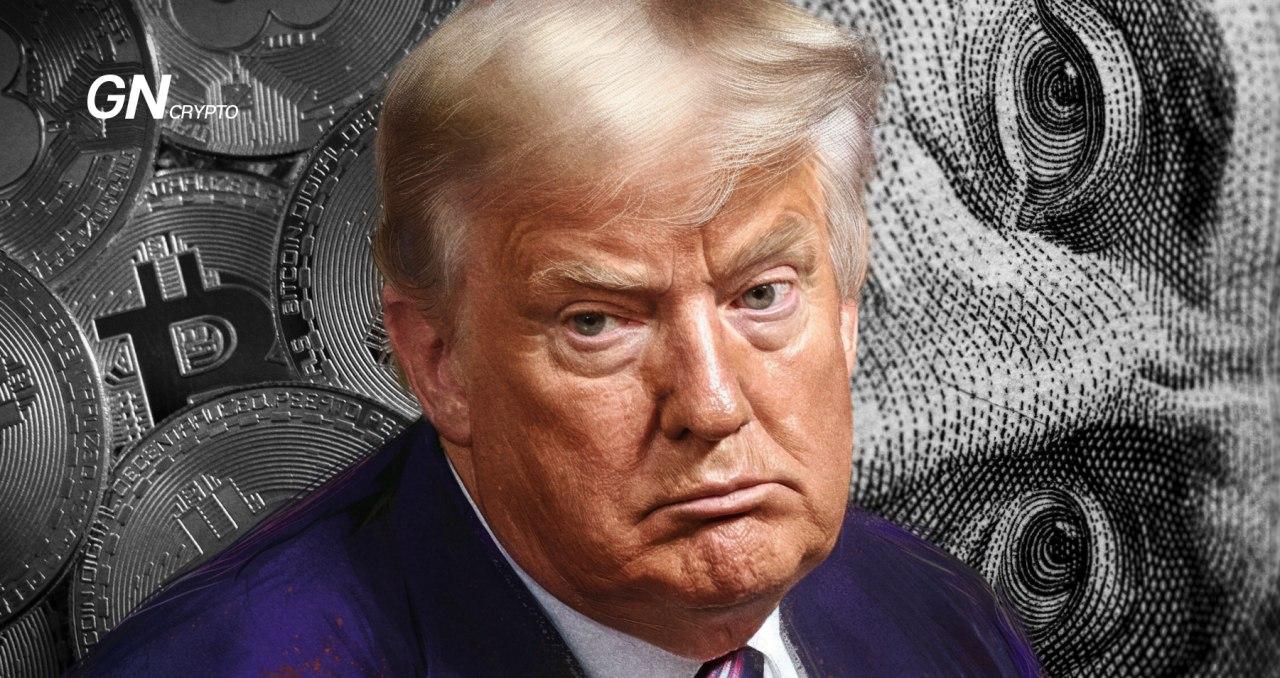Trump’s Strategy to Weaken the Dollar and Its Crypto Impact

Donald Trump’s post-return agenda to the White House includes measures such as significant import tariff hikes, escalating trade conflicts with China, and aggressive deficit reduction. His determination to weaken the US dollar stands out as particularly significant.
Donald Trump’s post-return agenda to the White House includes measures such as significant import tariff hikes, escalating trade conflicts with China, and aggressive deficit reduction. His determination to weaken the US dollar stands out as particularly significant.
Why Pursue a Weaker Dollar?
Trump has long championed the devaluation of the dollar—first as a property mogul with heavy state debt, later as a presidential hopeful, and now as the president-elect.
His drive to weaken the national currency is linked to his view that the dollar is overvalued compared to the currencies of key trading partners like China, Japan, and Europe. A weaker dollar would result in pricier imports but would make U.S. exports considerably more attractive on the global market. In other words, imported goods and services would become costlier than exported ones.
In this way, Donald Trump seeks to weaken the dollar to make U.S. products more competitive globally and to shrink the trade deficit.
The president-elect believes that such a strategy will tackle the issue that troubles Americans the most: the high cost of consumer goods.
To be fair, Trump’s position holds merit in many respects. The U.S. dollar does indeed appear overvalued compared to other currencies.
Factors at Play:
- Interest rates in the U.S., set to curb inflation, remain relatively high.
- The USD’s global reserve currency status. This leads to foreign central banks and global economic actors buying and holding dollars, which upholds its value.
- The appeal of U.S. securities. Government bonds are viewed as safe investments, attracting many investors, including crypto companies, thereby supporting the dollar’s strength.
How Will Cryptocurrencies Fare?
The most straightforward approach to devaluing the dollar is to get the Federal Reserve on board with major interest rate cuts.
We won’t predict the potential long-term effects of such a policy on the U.S. economy.
Let’s turn our attention to a more relevant question: what would a weakened dollar mean for the cryptocurrency market?
A shift in pricing is on the horizon.
Most cryptocurrencies are denominated in U.S. dollars. A weaker dollar naturally leads to a rise in the value of digital assets.
This, in turn, incentivizes investors to shift away from traditional dollar-based assets and toward cryptocurrencies to protect themselves from devaluation losses. This migration increases the demand for cryptocurrencies and pushes their prices higher.
A weakened dollar is logically connected to inflation. Investors will look to cryptocurrencies for shelter, perceiving them as more inflation-resistant.
We are could observe the initial signs of this trend.
Read on: Byron Donalds: Trump Will Free Crypto from Regulatory Headlock
The content on The Coinomist is for informational purposes only and should not be interpreted as financial advice. While we strive to provide accurate and up-to-date information, we do not guarantee the accuracy, completeness, or reliability of any content. Neither we accept liability for any errors or omissions in the information provided or for any financial losses incurred as a result of relying on this information. Actions based on this content are at your own risk. Always do your own research and consult a professional. See our Terms, Privacy Policy, and Disclaimers for more details.

























